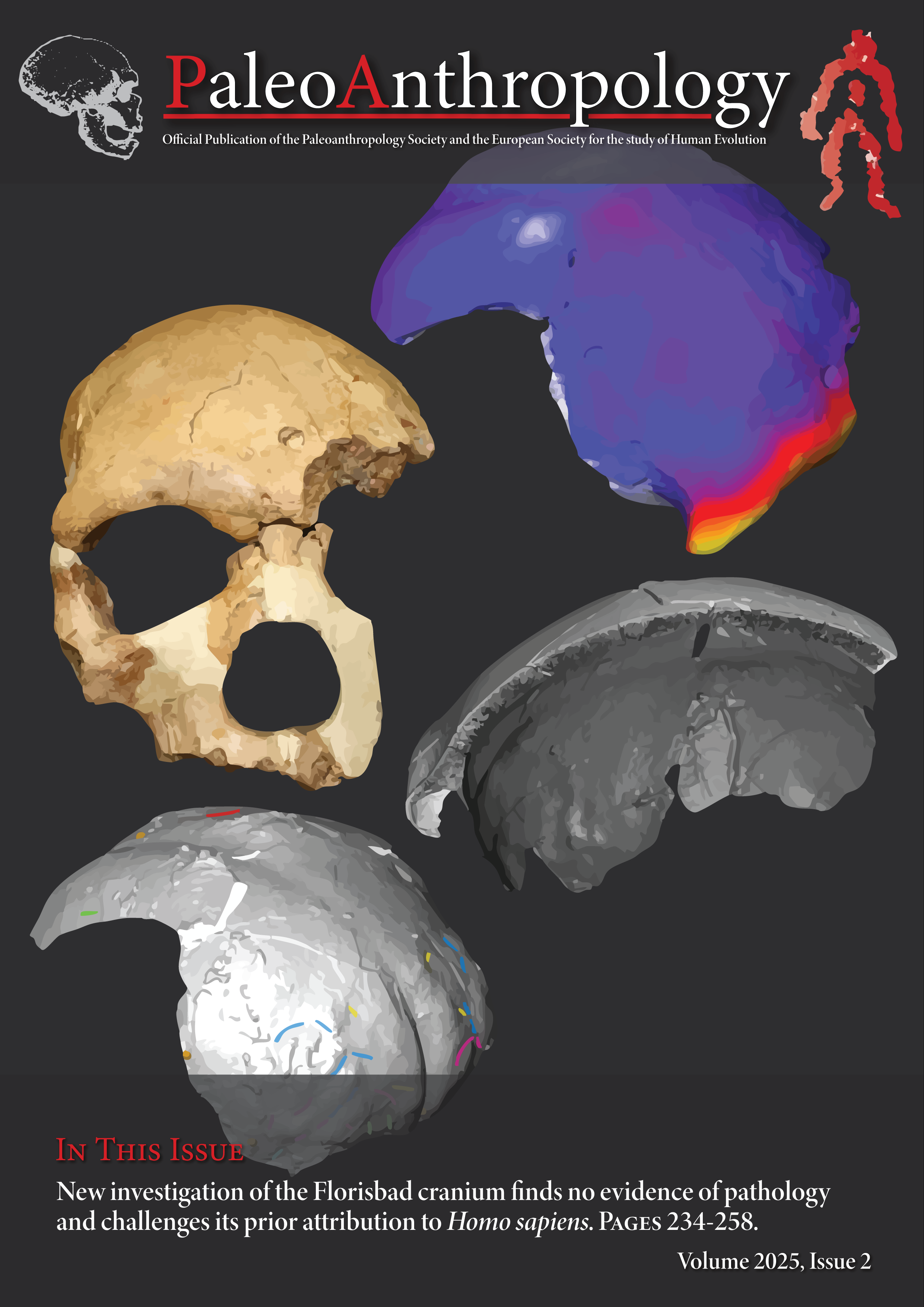Diversity and Evolution of Archaic Eastern Asian Hominins: A Synthetic Model of the Fossil and Genetic Records Special Issue: What’s in a Name? Late Middle and Early Late Pleistocene Hominin Systematics
Main Article Content
Abstract
With the discoveries of new hominin fossils from historically well-studied as well as poorly sampled regions, and thanks to great advances in paleogenetic studies, Asian paleoanthropology has now entered a new phase of research. In particular, fossil discoveries from insular Southeast Asia demonstrate unique ways of hominin evolution that contrast markedly with the continental pattern, while new fossils from the latter region reveal the hitherto unrecognized great range of morphological diversity that characterized pre-sapiens Asian Homo. Furthermore, extensive analyses of Denisovan genomes offer a new framework in which the existing Asian fossil record can be interpreted. In this paper, we review these developments by first summarizing our current knowledge about each of the major hominin fossils from eastern Asia. We then present a large scaled craniometric analysis to determine the basic pattern of spatiotemporal variation of eastern Asian hominins from the late Calabrian (late Early Pleistocene) through the Late Pleistocene. Based on this, we discuss four issues: the question of H. erectus evolutionary continuity on Java during the Pleistocene, evidence for regional continuity vs. discontinuity in continental East Asian archaic Homo, which of the existing fossils from eastern Asia represent Denisovans, and whether there is fossil evidence for Denisovans across the Sunda Shelf of Southeast Asia, implying an oversea distribution.

